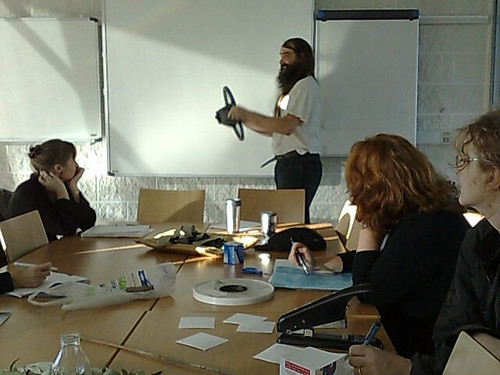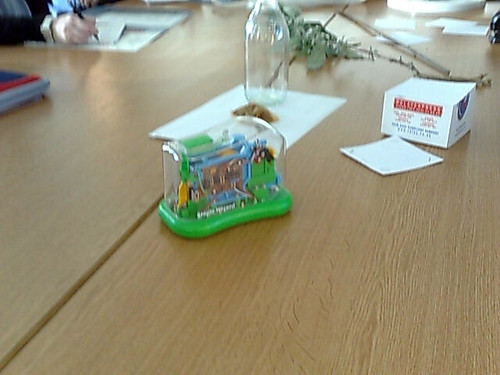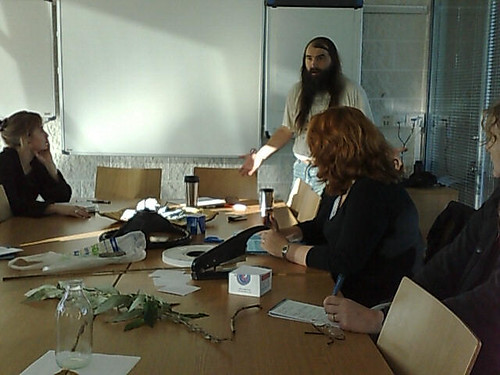When I was nearly 18 I was part of the British team to the International Mathematical Olympiad (IMO) in Bucharest (see my account of the experience). The US team were Jewish1, all eight of them. While this was noteworthy, it was not surprising. There does seem to be a remarkable number of high achieving Jewish mathematicians, including nearly a quarter of Fields Medal recipients (the Maths equivalent of the Nobel Prize) and half of the mathematics members of the US National Academy of Sciences2.
Is this culture or genes, nature or nurture?
As with most things, I’d guess the answer is a mix. But, if of culture, what? There is a tradition of Biblical numerology, but hardly widespread enough to make the substantial effects. Is it to do with the discipline of learning Hebrew, maybe just discipline, or perhaps is it that mathematics is one of the fields where there has been less prejudice in academic appointments3.
I have just read a paper, “Disembodying Cognition” by Anjan Chatterjee, that may shed a little light on this. The paper is an excellent overview of current neuroscience research on embodiment and also its limits (hence ‘disembodying’). One positive embodiment result related to representations of actions, such as someone kicking a ball, which are often depicted with the agent on the left and the acted upon object on the right. However, when these experiments are repeated for Arab participants, the direction effects are reversed (p.102). Chaterjee surmises that this is due to the right-to-left reading direction in Arabic.
In mathematics an equation is strictly symmetrical, simply stating that two thinsg are equal. However, we typically see equations such as:
y = 3x + 7
where the declarative reading may well be:
y is the same as “3x + 7”
but the more procedural ‘arithmatic’ reading is:
take x, multiple by three, add seven and this gives y
In programming languages this is of course the normal semantics … and can give rise to confusion in statements such as:
x = x + 1
This is both confusing if read as an equation (why some programming languages have := read as “becomes equal to”), but also conflicts with the left-to-right reading of English and European languages.
COBOL which was designed for business use, used English-like syntax, which did read left to right:
ADD Tiree-Total TO Coll-Total GIVING Overall-Total.
Returning to Jewish mathematicians, does the right-to-left reading of Hebrew help in early understanding of algebra? But if so then surely there should be many more contemporary Arab mathematicians also. This is clearly not the full story, but maybe it is one contributory factor.
And, at the risk of confusing all of us brought up with the ‘conventional’ way of writing equations, would it be easier for English-speaking children if they were introduced to the mathematically equivalent, but linguistically more comprehensible:
3x + 7 = y
- Although they did have to ‘forget’ while they were there otherwise they would have starved on the all-pork cuisine[back]
- Source jews.org “Jews in Mathematics“.[back]
- The Russians did not send a team to the IMO in 1978. There were three explanations of this (i) because it was in Romania, (ii) because the Romanians had invited a Chinese team and (iii), because the Russian national mathematical Olympiad had also produced an all Jewish team and the major Moscow university that always admitted the team did not want that many Jewish students. Whether the last explanation is true or not, it certainly is consonant with the levels of explicit discrimination in the USSR at the time. [back]

 However at the
However at the 


